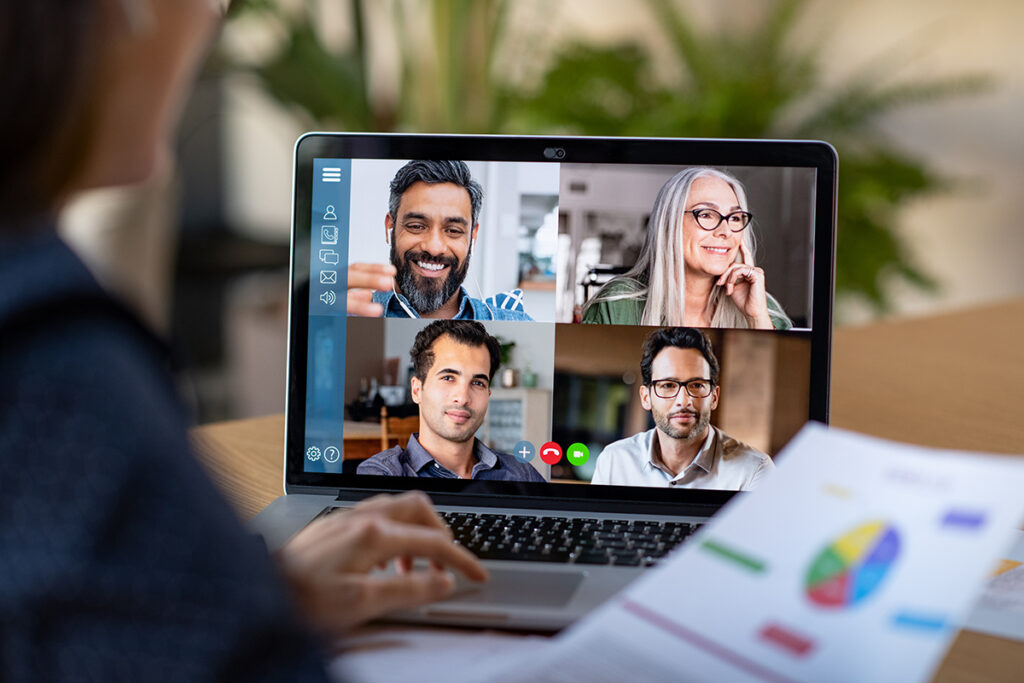Introduction
The automotive industry has evolved significantly from its traditional roots of classified ads and newspaper listings. In today’s digital age, the sector is undergoing a major transformation with the rise of online marketplaces for automotive parts marketplace. While these platforms offer numerous benefits, they also come with a unique set of challenges and opportunities for businesses looking to enter this space.
The Importance of Digital Marketplaces in the Automotive Industry
The digital shift in the automotive industry offers unmatched convenience for buyers and sellers, with online marketplaces streamlining transactions and providing easy access to a global market. As vehicles become more advanced, so does the demand for specialized parts and services, making it essential for businesses to innovate and adapt.
Check out our case study on Auto24: Building Africa’s Used Car Marketplace for Success.
Challenges in Building an Automotive Parts Marketplace
1. Data Privacy and Security
With the increase in online transactions, safeguarding customer data is crucial. Consumers are highly concerned about privacy breaches, and a single data leak can damage a company’s reputation. Implementing strong data protection measures is vital for building trust in your marketplace.
2. Trust and Quality Control
Maintaining the authenticity and quality of listed automotive parts is a significant challenge. The industry has seen a rise in counterfeit products and fraudulent listings, making it critical for marketplaces to implement verification processes and quality control measures.
3. Integration with OEMs and Dealerships
Collaborating with original equipment manufacturers (OEMs) and traditional dealerships is complex but necessary for success. A well-integrated marketplace ensures that the parts listed are compatible and reliable, helping both manufacturers and buyers.
4. User Experience and Interface Design
A seamless user experience (UX) is essential in today’s competitive marketplace. Customers expect easy navigation, personalized recommendations, and quick access to the parts they need. Investing in UX design can set your marketplace apart and increase customer retention.
5. Regulatory Challenges and Localization
Expanding your marketplace into new regions requires understanding local regulations, cultural differences, and market demands. Ensuring compliance with different laws and providing localized solutions can be a significant hurdle.
6. Inventory and Supply Chain Issues
The automotive industry faces supply chain disruptions, especially with the growing demand for electric vehicle (EV) components and advanced tech parts. Managing inventory and ensuring timely deliveries are major challenges in keeping your marketplace operational.
Here’s an article on Testing Your Niche Marketplace Idea in 2024.

Opportunities in Automotive Parts Marketplaces
1. Personalization through Predictive Analytics
Using data analytics to provide personalized recommendations can increase customer satisfaction and sales. Predictive analytics help customers find the right parts faster, improving their shopping experience.
2. Blockchain for Transparency
Blockchain technology can be used to verify the authenticity of parts and provide transparent transaction records, enhancing trust between buyers and sellers. This innovation also helps in tracking parts through their lifecycle, ensuring quality control.
3. Partnerships with Financial and Insurance Companies
Strategic partnerships with financial institutions and insurance companies can help monetize data and provide added value to users. Offering personalized insurance quotes or financing options for parts can enhance your marketplace’s appeal.
4. Subscription Models
Though not mainstream yet, subscription-based models for automotive parts could revolutionize how consumers access parts and services. This business model offers recurring revenue and appeals to customers looking for flexible, cost-effective options.
5. Green Technology and Sustainability
The growing demand for eco-friendly parts and sustainable business practices presents an opportunity for marketplaces to offer green tech solutions. Businesses focusing on sustainability can attract environmentally conscious customers and differentiate themselves from competitors.
6. Augmented Reality (AR) for Virtual Showrooms
Using AR, customers can virtually try out parts before purchasing. This technology is increasingly being used in marketplaces to enhance the shopping experience, especially for complex automotive components.
Check out Exploring the Top 10 eCommerce App Development Trends.
Conclusion
The road to creating a successful automotive parts marketplace is filled with both challenges and opportunities. While concerns about data security, supply chain issues, and regulatory hurdles exist, there are plenty of opportunities for growth through personalization, blockchain, and partnerships. By leveraging emerging technologies and addressing industry challenges, your marketplace can thrive in the ever-evolving automotive landscape.
Looking to build or improve your automotive parts marketplace? At Asterdio, we help businesses navigate these challenges with innovative solutions tailored to the automotive industry. Let us help you transform these challenges into opportunities for success. Contact us today to learn more!
With our guidance, you can create a marketplace that not only meets industry standards but exceeds customer expectations.



